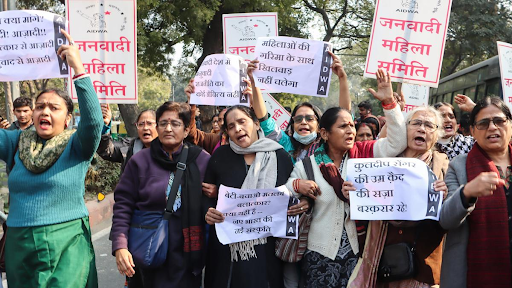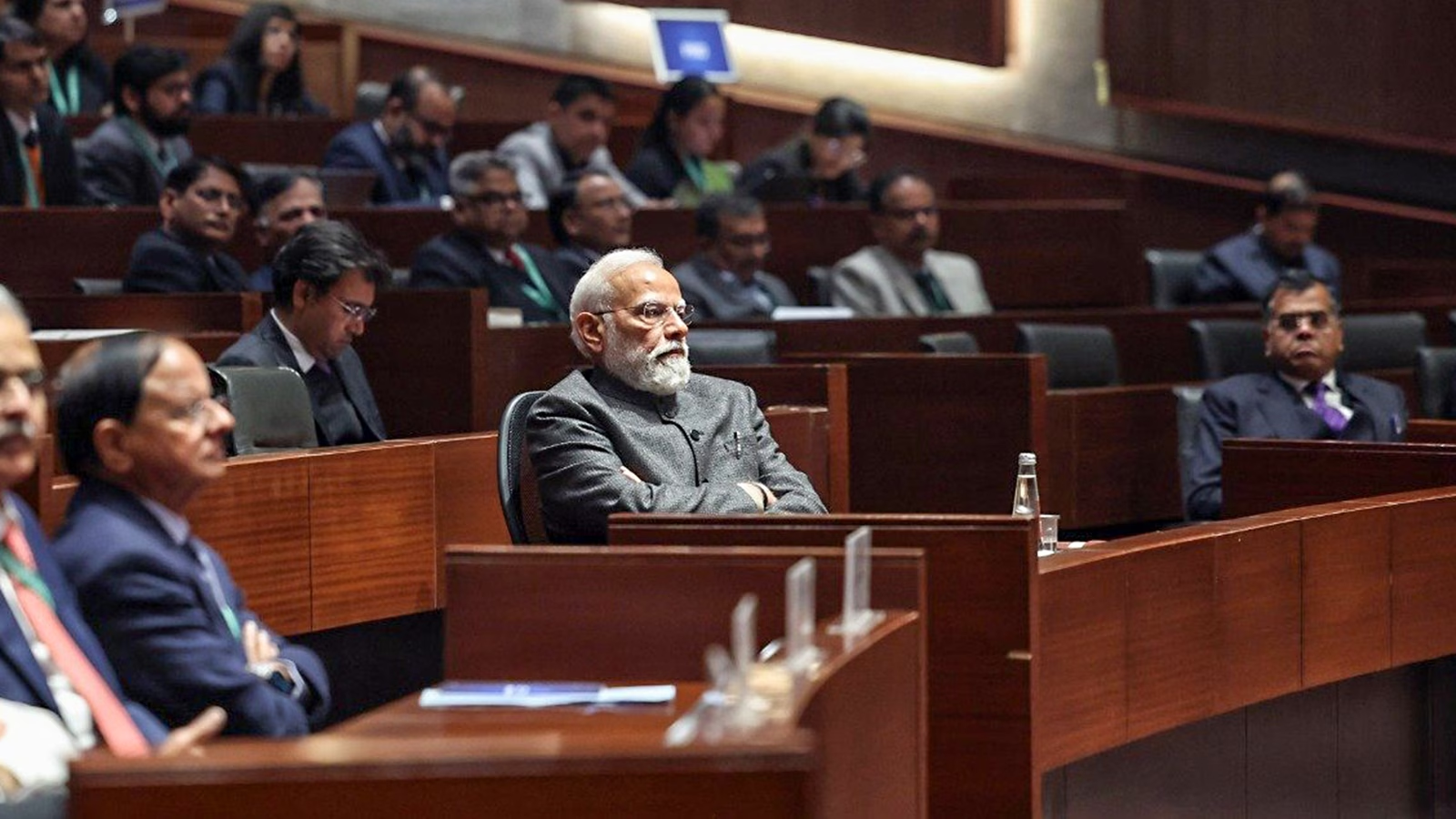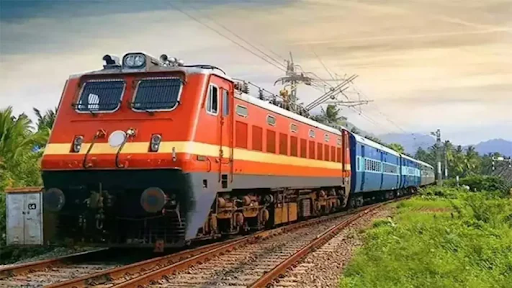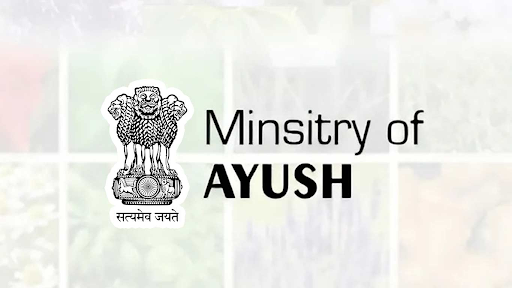



A 2024-25 report highlights Telangana, Bihar, and Rajasthan as the top states for rescuing over 53,000 children from labor. Disturbingly, 90% were found in hazardous sectors like spas and orchestras, prompting calls for a national mission, stronger legal action, and improved rehabilitation programs to break the vicious cycle.

Copyright infringement not intended
Picture Courtesy: INDIAN EXPRESS
A 2024-25 report by the Just Rights for Children (JRC) network highlights a major crackdown on child labor and trafficking.
Rescue Operations => In 2024-25, 53,651 children were rescued from labor across 24 states and union territories. Telangana, Bihar, and Rajasthan emerged as the top three states for both child labor rescues and related arrests.
Hazardous Sectors => A disturbing trend shows that nearly 90% of rescued children were working in the worst forms of child labor, including spas, massage parlors, and orchestras, where they face risks of sexual exploitation.
Enforcement Gaps => The rescue operations led to the registration of 38,388 FIRs and 5,809 arrests. The report notes enforcement gaps in some states. For example, while Telangana led in rescues (11,063) and arrests, states like Uttar Pradesh and Madhya Pradesh had comparatively fewer arrests.
Poverty and Illiteracy => Poverty is a primary driver, forcing families to send their children to work to supplement their income. Lack of access to quality education and high dropout rates exacerbate the problem.
Demand for Cheap Labor => Industries such as textiles, agriculture, and construction exploit children for cheap labor. The demand for domestic help also contributes to the problem.
Migration => Migrant families, particularly in urban areas, face instability and lack access to social security nets, pushing children into labor.
Social Norms => In some communities, child labor is socially accepted, and there is a lack of awareness about its harmful consequences.
The Child Labour (Prohibition and Regulation) Amendment Act 2016: This Act prohibits the employment of children below 14 years in all occupations and processes and the employment of adolescents (14-18 years) in hazardous occupations.
National Child Labour Project (NCLP) Scheme => This scheme aims to rehabilitate children withdrawn from work by providing them with education, vocational training, and other benefits.
PENCIL Portal => The Platform for Effective Enforcement for No Child Labour (PENCIL) is an online platform to ensure effective enforcement of child labor laws and facilitate the rehabilitation of rescued children.
The report calls for a dedicated national mission with adequate resources and district-level task forces to tackle the problem.
Strict and time-bound legal action against offenders is crucial to create a deterrent effect.
The report emphasizes the need for a Child Labour Rehabilitation Fund to ensure the proper education and rehabilitation of rescued children, to prevent them from falling back into the cycle of labor. It also recommends free and compulsory education for all children up to the age of 18.
Comprehensive policy changes, including a zero-tolerance policy on child labor in government procurement, expanding the list of hazardous industries, and formulating state-specific child labor policies.
Must Read Articles:
World Day Against Child Labour
State of the World's Children 2023
Source:
|
PRACTICE QUESTION Q. Discuss the role of civil society organizations (NGOs) and community-based vigilance in the prevention and elimination of child labour. How can their efforts be better integrated with state machinery? 250 words |







© 2026 iasgyan. All right reserved